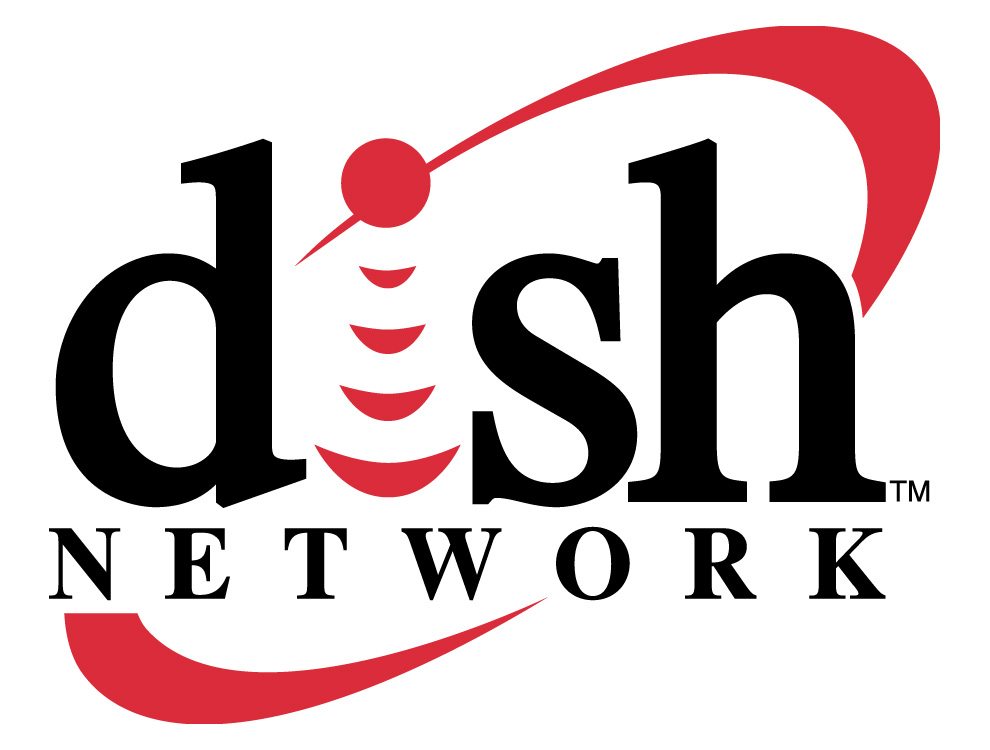OTT’s Real Impact Eludes Nets — and Ops

As over-the-top offerings from Dish Network, Sony and Verizon Communications move closer to reality, programmers and distributors still appear far apart on the ultimate impact that migrating content to an online model will have on the overall industry.
Dish was expected to be the first out of the box with an OTT product — chairman Charlie Ergen has said he expects to launch his offering around yearend — followed by Sony and Verizon with similar offerings in early 2015. HBO kick-started the OTT conversation in October when it announced plans to offer a direct-to-consumer product in early 2015 — some reports estimate it could come in April, just before the premiere of perennial hit Game of Thrones — and CBS has already launched its broadcast-based CBS All Access service in several markets and is expected to debut a Showtime Networks OTT service some time next year.
But while programmers see OTT as a complementary service that will allow it to tap into new technologies while maintaining the status quo of the cable distribution model, distributors have a different take. While OTT has the potential to have a real impact on subscriber losses — depending on how it is priced and packaged — many see the service as a means of dismantling the practice of bundling popular channels with less-watched ones in carriage agreements.
Recently, Charter Communications CEO Tom Rutledge warned that programmers could be playing with fire concerning OTT, particularly if they dilute the value of the cable distributor’s content package with online products.
Rutledge argued that breaking up the bundle in favor of going over-the-top could have a serious impact on advertising revenue, in that it would significantly dilute the number of viewers for their shows.
“It’s hard to imagine selling that to niche markets or in an a la carte market where you would end up with similar penetration,” Rutledge said recently. “If the whole market were sold a la carte today, I think you’d take a $70 billion ecosystem and turn it into a $7 billion ecosystem.”
OTT also could diminish the value of certain networks to operators, which could be an advantage in carriage negotiations for distributors. “To the extent I can save money by not paying somebody to be carried because their content is generally available elsewhere, I think that is an opportunity,” Rutledge said.
Multichannel Newsletter
The smarter way to stay on top of the multichannel video marketplace. Sign up below.
While Rutledge doubted that OTT would destroy the current programming model, he hinted that it could lead to a hybrid that could be beneficial to distributors and programmers.
“If I could sell over-the-top, I would,” Rutledge said. “If I could mix and match over the top with bundles in different ways I would and will.”
At the same time, programmers like Viacom, which has signed distribution deals with Sony for its planned OTT products and has said it will sign others, believe both models can peacefully coexist because they are targeted at least initially at non pay TV homes.
While distributors and content providers understandably want to protect their business, they are missing a harsh reality, Pivotal Research Group principal and senior media & communications analyst Jeff Wlodarczak said.
“As much as someone like [21st Century Fox co-chief operating officer James] Murdoch says we have to create a real, legitimate competitor to Netflix and think about going direct [to consumer], the reality is the content players are likely always going to be handicapped by the fact they do not want to create a legitimate entertainment alternative to the existing pay TV model,” Wlodarczak said.
Nowhere is that more evident than in CBS’s OTT offering, CBS All Access, which for $5.99 per month live streams shows from its broadcast stations in 14 markets (minus sports programming) and on-demand access to its library of broadcast programs.
CBS CEO Les Moonves has said the service, which was launched in October, is performing ahead of expectations, but admitted that could be as little as 10 customers. Some analysts have been skeptical the offering will attract a sizeable audience.
“You see evidence of this in the expensive CBS OTT offer,” Wlodarczak said. “Once again, it comes down to the argument that effective a la carte pricing would have to be so expensive that consumers would likely be forced right back into the bundles they have to today, with likely fewer channels at similar costs.”
